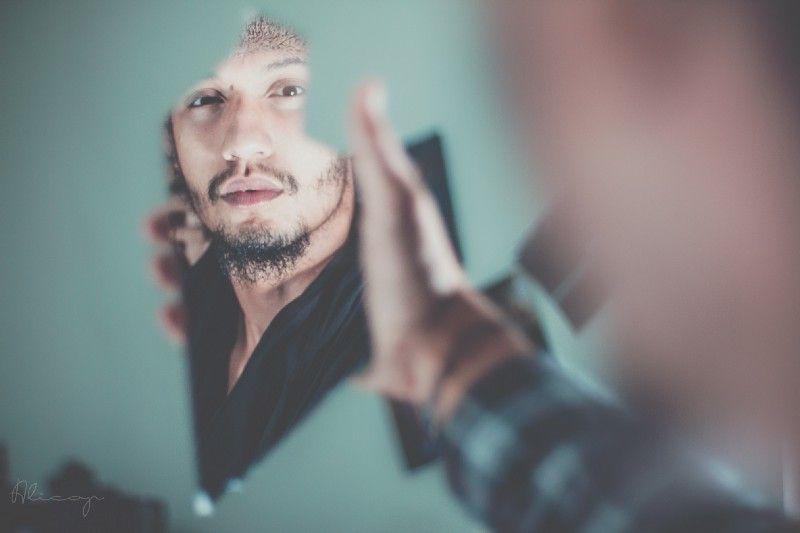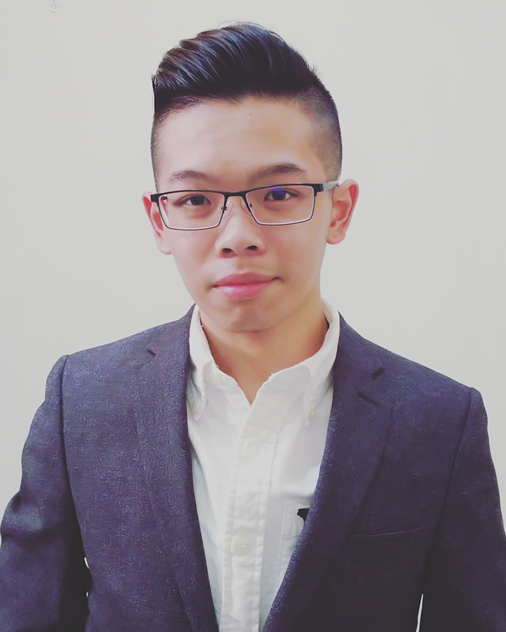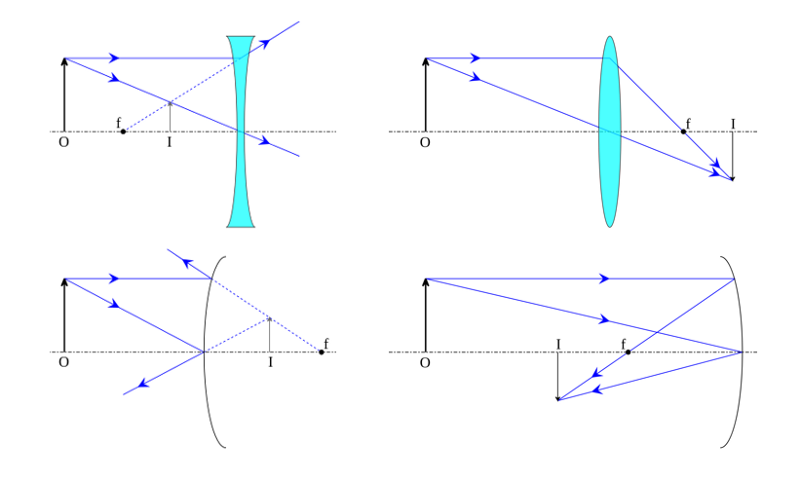📝📝: Object Notes|Mirror

I look in the mirror and scratch my hair every day before I go out. I have a paranoid love for the flow of my oiled hair, and I even fiddle once or twice when I go to the toilet outside. Basically, the mirror is a very important item for me in the process of grasping and arranging my hair. Without the mirror, all my efforts on the head will be in vain.
The mirror changes the perspective of human viewing, and sees the self that has never been seen from a third-person perspective. In the age of no mirrors, people could only "see" themselves through others. After the invention of the mirror, the subject could see himself in the mirror with his own eyes. Since then, grooming ourselves has become a hands-on routine; however, we don’t seem to realize that the reflection of ourselves in the mirror is not our real self.
I'm not burying the plot of a horror movie, rather, the image reflected in the mirror is the opposite of myself . Most people's left and right sides of the face are not completely symmetrical, and the facial features are always slightly inconsistent; some people's left eye is slightly larger, and some people's eyebrows are slightly lower, while for me, the right corner of the mouth will be slightly raised, and the left corner of the mouth will be slightly raised. It sags naturally, so that only half of my smiling face can always be captured in the photos. However, this innocuous flaw does not seem to pose a problem to our daily life, and even other derivatives have been developed, such as: convex mirrors, concave mirrors, single-sided mirrors, and even if you wipe the phone screen, it can also become a temporary mirror. And these derivatives exactly replicate the left-right opposite image shared by flat mirrors.

╴

In the physical analysis of imaging, it is roughly divided into "real image" and "virtual image". When the light is refracted and reflected and then converged to form a real image, such as: photographic cameras, movie cameras, and pinhole imaging. On the other hand, when the forward direction of the light cannot be imaged through refraction and reflection, it will eventually extend in the opposite direction of the forward direction in front of the mirror and converge into a virtual image, such as a flat mirror used in ordinary life. The biggest difference between real images and virtual images is that real images can be projected on blank paper or walls, while virtual images cannot be projected and can only be observed by the human eye.
In fact, when I learned about optical imaging in high school, I always had a tangled contradiction about virtual images: since we know that the image on a flat mirror is actually a virtual image, then why should we believe that the person in the mirror is ourselves? Just like, no matter how "real" the world we see when we put on the virtual reality (VR) goggles, we also know that it is fake and a "simulated" world in the process of using it. A virtual image that also shares the word "virtual" with virtual reality, can it also be said that the me in the mirror is just an imitation that looks like "me"?
And this is where the contradictions unfold. Even though I know what I'm seeing in the blindfold is fake, I'm still screaming in horror when I'm playing games with zombie animations; when I'm teetering on the edge of a cliff in a virtual world , I could also feel my feet shaking and my heart beating faster. In the same way, it doesn't seem to matter whether the "I" in the mirror is true or not, I just need to "believe it is true", then he can also give me the power of affirmation in dressing myself.
╴

Whether true or not, mirrors give people the greatest power, which is to return the mastery of knowing and seeing themselves to each individual. Before that, we could only see ourselves through the eyes of others, in other words, we handed over the self-control of our vision to others; however, after the advent of the mirror, everyone has a mirror in their hands, through which With the delicately polished smooth surface, we took back the control of the sight from others and clearly saw our own appearance.
Even if the false bell rings every time I look in the mirror, the loud echoes evoke my entanglement with the virtual image, and the reverberation still reverberates in my mind to this day; however, I still need the eyes This mirror blows my hair so that I can clearly "see" what I look like to other people when they see me.
Like my work? Don't forget to support and clap, let me know that you are with me on the road of creation. Keep this enthusiasm together!

- Author
- More